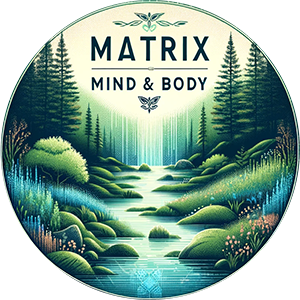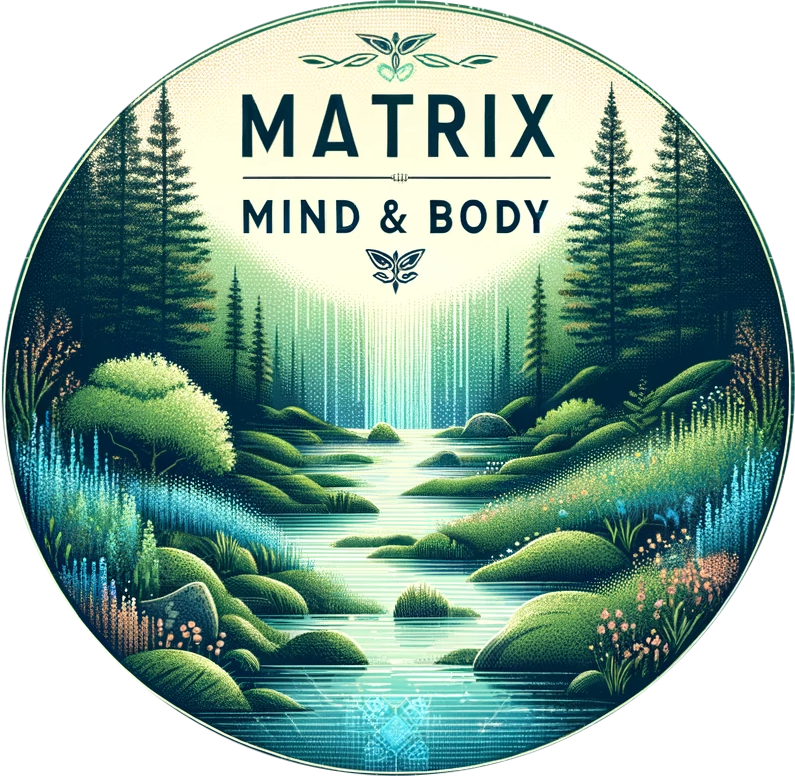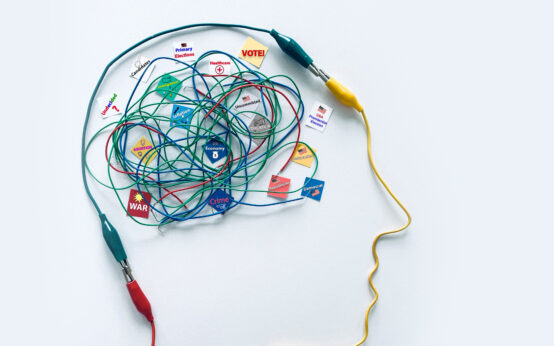Juggling isn’t just a party trick or a circus act; it’s a powerful brain hack that can enhance cognitive functions, improve coordination, and even influence neuroplasticity. This ancient art form, often perceived as a mere physical activity, holds profound benefits for the brain, impacting areas such as memory, focus, and sensory integration. Below, we explore the multifaceted benefits of juggling, provide a brief tutorial to get started, and delve into its unexpected role in improving skills like reading.
How to Juggle: A Quick Start Guide
Step 1: Start with One Ball
- Focus on the Ball: Begin by tossing one ball from one hand to the other. Aim for a consistent arc about eye level or slightly higher. Practice catching with each hand until the motion feels smooth and natural.
Step 2: Introduce a Second Ball
- The Exchange: Hold a ball in each hand. Toss the first ball in an arc to the opposite hand. As it begins to descend, toss the second ball underneath the first to the opposite hand. Catch both. Repeat this motion, starting with the opposite hand.
Step 3: Add the Third Ball
- The Cascade: With two balls in one hand and one in the other, toss the first ball (from the hand holding two) in an arc. As it peaks, toss the second ball from the other hand, followed by the third ball from the first hand as the second ball peaks. Continue the pattern, focusing on a consistent rhythm and height.
Practice Tips: Start slowly, focusing on the pattern rather than speed. Practice over a bed or a soft surface to reduce the need for bending down to pick up dropped balls.
What Juggling Does to the Brain
Enhances Neuroplasticity: Juggling has been shown to increase gray matter in areas of the brain associated with processing and storing visual information. Neuroplasticity, the brain’s ability to reorganize itself by forming new neural connections, is fundamental to learning new skills, and juggling acts as a stimulant for this process.
Improves Concentration and Attention: The act of juggling requires focus, timing, and spatial awareness. Regular practice can enhance concentration levels and the ability to pay attention for longer periods.
Boosts Coordination and Sensory Integration: Juggling improves hand-eye coordination and fine motor skills. It also enhances the ability to process sensory information from multiple sources, integrating visual and tactile feedback into coordinated physical responses.
Juggling and Reading Skills
The connection between juggling and reading may not be immediately apparent, but the skills developed through juggling can significantly impact reading abilities. Juggling enhances visual tracking, which is crucial for following lines of text efficiently. Improved focus and concentration can lead to better comprehension and retention of material. Furthermore, the cognitive flexibility gained from learning to juggle can aid in the processing of complex information, making it easier to understand and remember what one reads.
Conclusion
Juggling is more than just throwing balls into the air; it’s a comprehensive brain training exercise. Its benefits extend far beyond physical coordination, touching on crucial cognitive skills that can enhance everyday activities, including reading. Whether you’re looking for a fun way to break up the monotony of daily life or aiming to sharpen your mind, juggling offers a unique and effective solution. So, why not pick up a set of balls and give it a try? Your brain might just thank you for it.




 Boosting Brain Power: Enhancing the Striatum for Improved Movement, Decision-Making, and Habit Formation
Boosting Brain Power: Enhancing the Striatum for Improved Movement, Decision-Making, and Habit Formation  Unlock Your Brain’s Full Potential: The Ultimate Exercise for Complex Problem Solving
Unlock Your Brain’s Full Potential: The Ultimate Exercise for Complex Problem Solving 